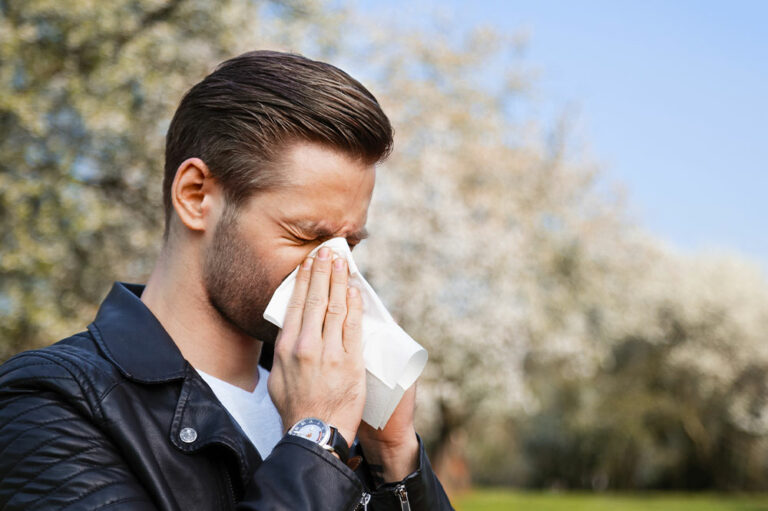
Exercise – An effective solution in cancer management
In the past, doctors typically advised cancer patients to rest and avoid physical activity. However, early exercise cancer research (or research oncology) in the 1990s and 2000s contradicted this advice. This field has grown exponentially over the past decade, with over 1000 randomized controlled trials. Evidence now overwhelmingly suggests that those living with cancer can greatly benefit from being physically active. Therefore, exercise can now be precisely prescribed to address several cancer-related conditions. How does exercise help mitigate cancer-related outcomes? Studies in exercise oncology can be traced back to the 1980s when research by a leading state university found that breast cancer patients undergoing chemotherapy who exercised daily experienced less fatigue, nausea, and disability from the treatments. This kickstarted research in the field to find out the relationship between exercise and cancer. In 2019, a panel of experts found that doing half an hour of aerobic exercise three times a week during and after cancer treatment can ease fatigue, anxiety, and depression and improve quality of life and physical functioning. The panel also concluded that there was no increased risk of lymphedema from resistance exercise twice a week. However, researchers do currently lack evidence as to whether exercise can help improve other health outcomes such as peripheral neuropathy, cardiotoxicity, cognitive functioning, pain, or chemotherapy completion rate.
Read More 











